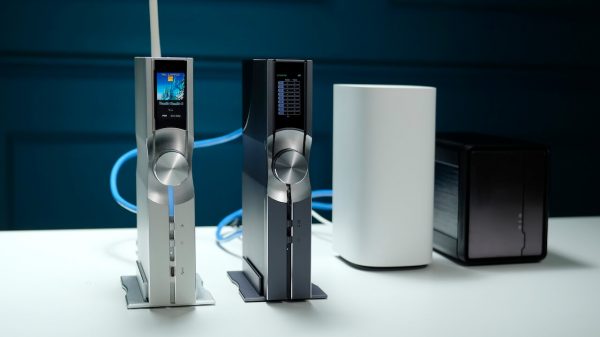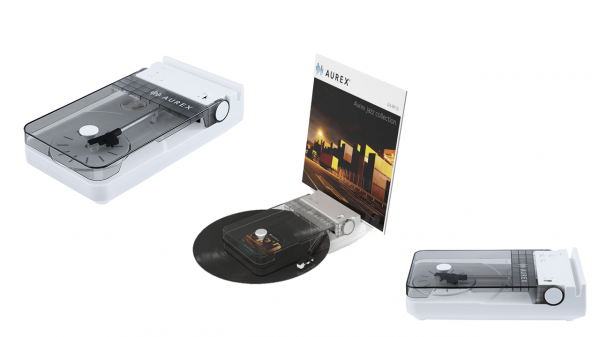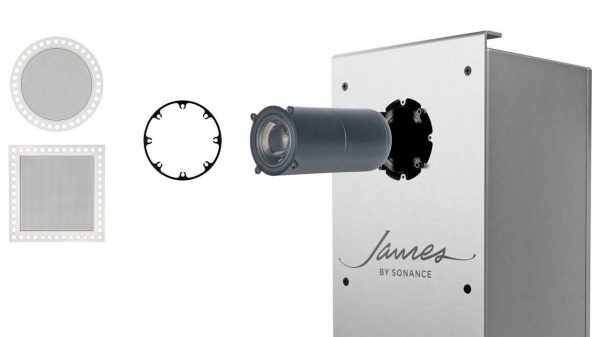Austin, Texas-based DisplaySearch has analyzed recent reports stating that Apple will achieve 50% gross margin on its recently announced iPhone. DisplaySearch analysis of the product, as demonstrated by Apple at MacWorld, shows that the cost to Apple of the display approaches $60, almost twice that of other estimates due to the 3.5″ 320 × 480 display and the nature of the touch screen technology.
Apple Computer has a long history of innovative design, especially as it relates to flat panel displays. On numerous previous occasions, Apple has eschewed off-the-shelf display products. Examples of this include their 15.2″ and 17.0″ PowerBooks, 15.4″ and 17.0″ MacBook Pros, and most, if not all, of their flat panel monitors, as well as every iPod to date. Further, given the physical dimensions of the iPhone, there is reason to believe that Apple has continued this trend. The narrow bezel around the display, as well as the thinness of the device, indicate that a standard display product would not meet Apple’s aggressive design requirements. Rather, our analysis is that the underlying technology of display is LTPS, or a derivative thereof, and that the glass is thinner than the typical mobile phone display, perhaps as thin as 0.25 mm. The silicon technology underlying the display and thinness of the display glass combine to increase the manufacturing cost to the panel maker, and by extension, the price that Apple pays for the display. DisplaySearch analysis indicates that the price of the display is $30.
In addition to the display cost, the “Multi-touch” technology that is used in the phone is unique and proprietary. During his keynote address at MacWorld in San Francisco, Steve Jobs stated that the Multi-touch technology “…is far more accurate than any touch ever shipped.” The technology is unique in that it allows the user to touch the display in two places simultaneously; compared to other touch screen technology that accepts only one user input. DisplaySearch analysis indicates that the unique nature of this technology adds significant cost over standard touch screen technology. Further, the film with the Multi-touch function must be adhered to the display. Given the unique nature of the Multi-touch technology and Apple’s well-known insistence on the best-looking displays, we estimate that adhering the Multi-touch panel to the liquid crystal display adds cost as well. Our estimate for the cost of the Multi-touch panel and the integration of the panel onto the display adds at least $30 to the cost of the display.
According to John Jacobs, Director of Notebook Market Research at DisplaySearch, Apple consistently leads the market with the implementation of advanced display technology, from their launch of a 22″ widescreen monitor in August 1999, which launched at a retail price of $3,999, to their use of a 300 nit, single CCFL 15.4″ 1440 × 900 display in the current MacBook Pro. We at DisplaySearch see no reason to suggest that Apple has diverted from this path of innovation by using off-the-shelf or semi-custom technology in the iPhone. In his keynote address at MacWorld on January 9, Steve Jobs noted that Apple has filed for more than 200 patents for technologies in the iPhone. Such innovation does not occur without cost. Although Apple and its key component suppliers may choose to amortize the cost of these advanced technologies over a large number of units, our analysis indicates that Apple’s BOM (bill of materials) cost, including integration, is well above $300 for the 4 GB model. After the costs associated with building, shipping, marketing and selling the iPhone are included, we expect that margins will be closer to Apple’s typical mid to high 20% range.























